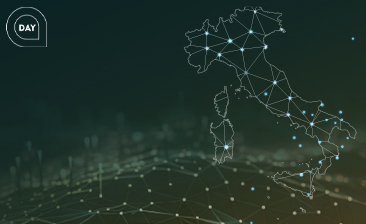
Acea for World Energy Saving Day
How much does water cost? It’s a question we all ask ourselves when we receive our water bill. However, the question only makes sense if we explain a few things: we don’t pay for water as such, we pay for the cost of the activities necessary to collect the water from its sources, make it drinkable, bring it to our homes, collect it after it has been used and then depurate it.
Therefore, the right question is: <How much does it cost to ensure water reaches our homes and is later depurated without damaging the environment?>. This is why we talk about amounts owed for the services rendered.
It is worth reiterating that the water supply system (that takes water to our homes) is just one aspect of the service (however it is the one users focus on), while water depuration (everything that happens after the water leaves our homes) plays a fundamental role in protecting our invaluable water resources.
So, how much does a cubic meter of water cost? The amount owed for a cubic meter of water is calculated based on the work necessary to make those 1000 liters came out of the tap.
The amount will be higher in the areas that still require more interventions, investments and structures to ensure the service.
Due to the peculiarities of the water supply service (a single supplier in the absence of competition), it is regulated by an independent authority (ARERA) that operates on a national level and sets the “rules” to determine water tariffs, which are not set by the supplier but by auditors in an optimal territorial area, based on a “tariff system” (a combination of rules and formulas) issued by ARERA.
In simple terms, we can say that until 2011, the applicable tariff system (known as “normalized”) required the amount due for a cubic meter of water (the so called “real average tariff”) to be based on all costs (operational and investments) met by the supplier in relation to the total of cubic meters of water provided to users. The “euros/m3” relation was then corrected using a series of coefficients (that could either favor or penalize the supplier) rating different aspects of the service.
The “normalized” system was replaced by a transitional tariff system implemented in 2012; then in 2013 and 2016 the Regulatory Authority issued two new tariff systems – the second an evolution of the first – that aimed to standardize tariffs across Italy and provide the tools necessary to make the system more efficient in areas requiring more interventions.
Based on the principal that tariffs must cover all costs met by the supplier, the new systems introduce a number of parameters that ensure that the compliance to the obligations and responsibilities assumed by the supplier and the quality of the service provided are reflected in the tariffs.
The assessment of all these parameters is summarized in a tariff multiplier (represented in formulas by the Greek letter “theta”), which year after year is applied to the water tariff applicable in 2012. Currently, for Ato 5 of Frosinone “theta” does not allow for tariff increases above 8%.
Discover the latest news and initiatives of the Acea Group

Acea for World Energy Saving Day
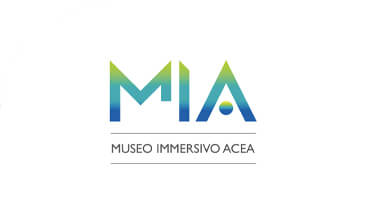
Visit the virtual museum about the history of the Acea Group
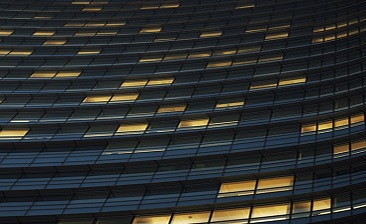
The channel for the commercial requests on land urbanisation
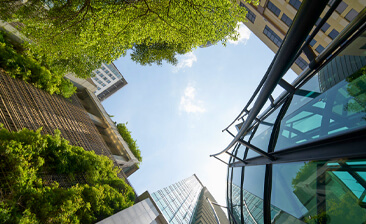
Acea turns the spotlight on the Rome Film Festival 2023
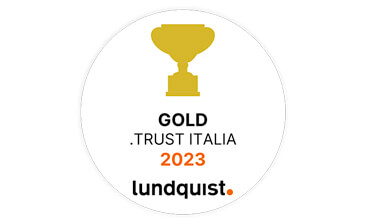
Acea is in the "Gold class" in the .trust research

Read more about our culture of inclusiveness